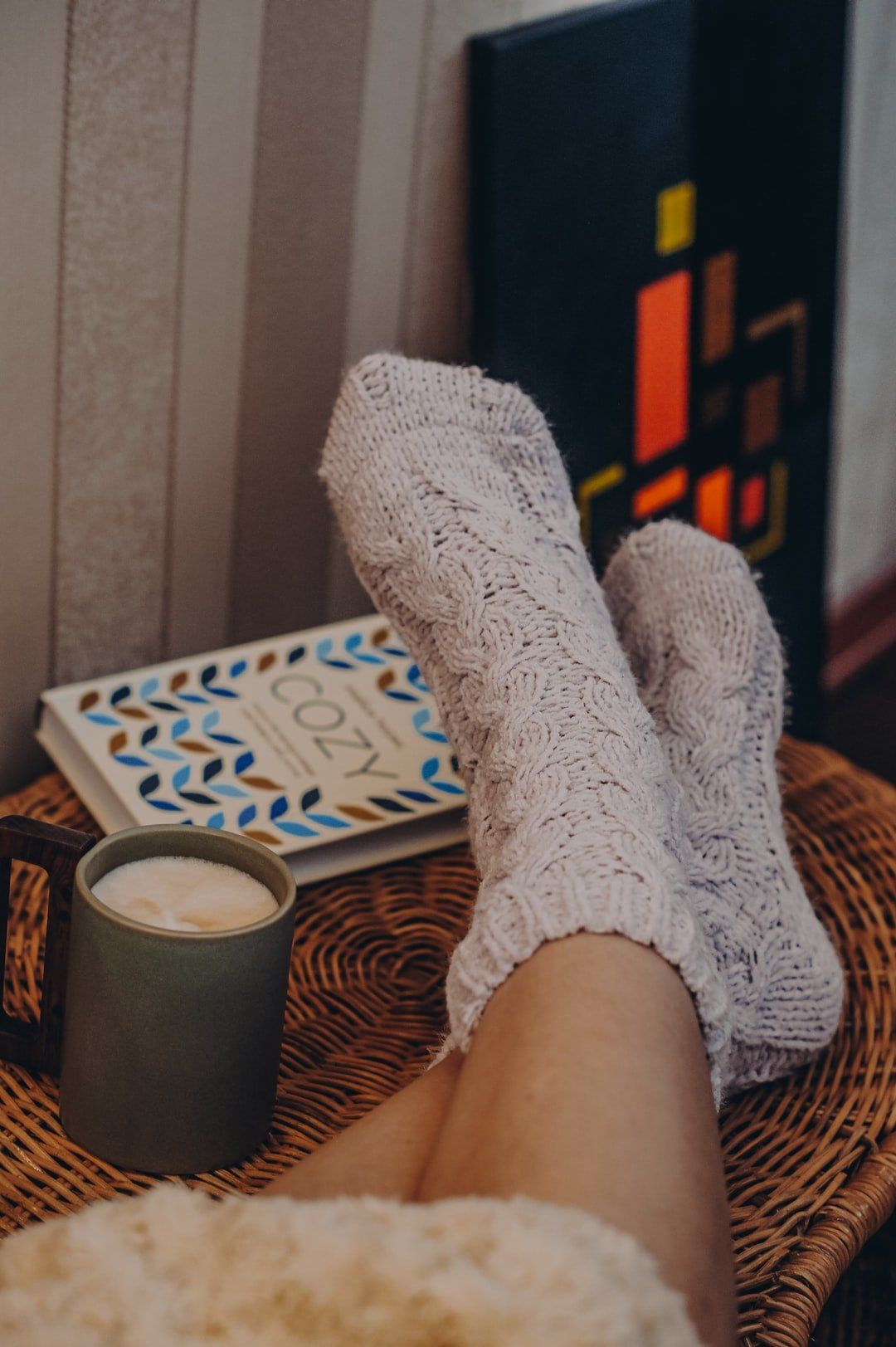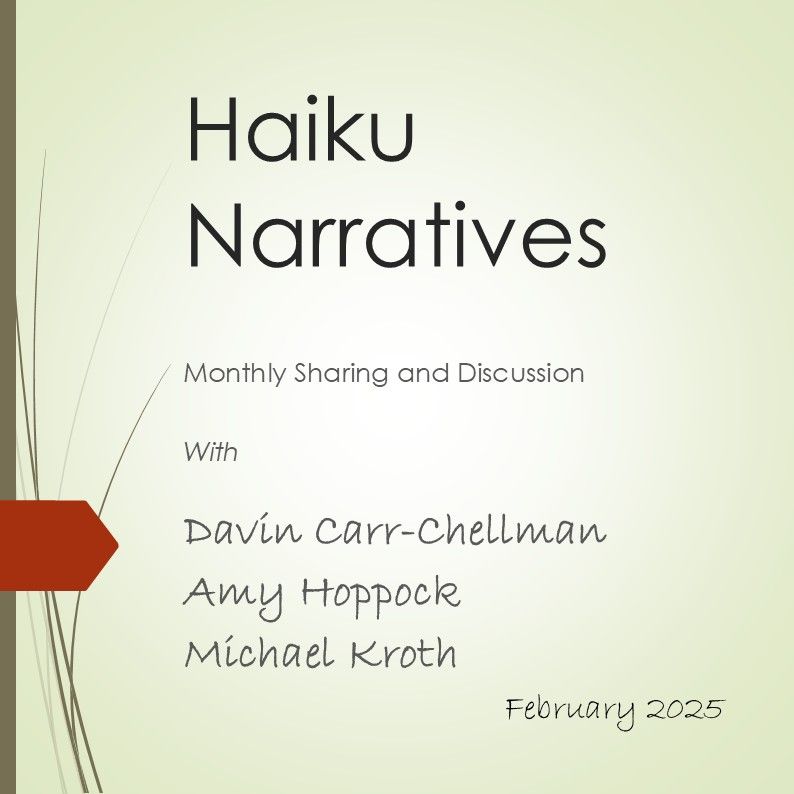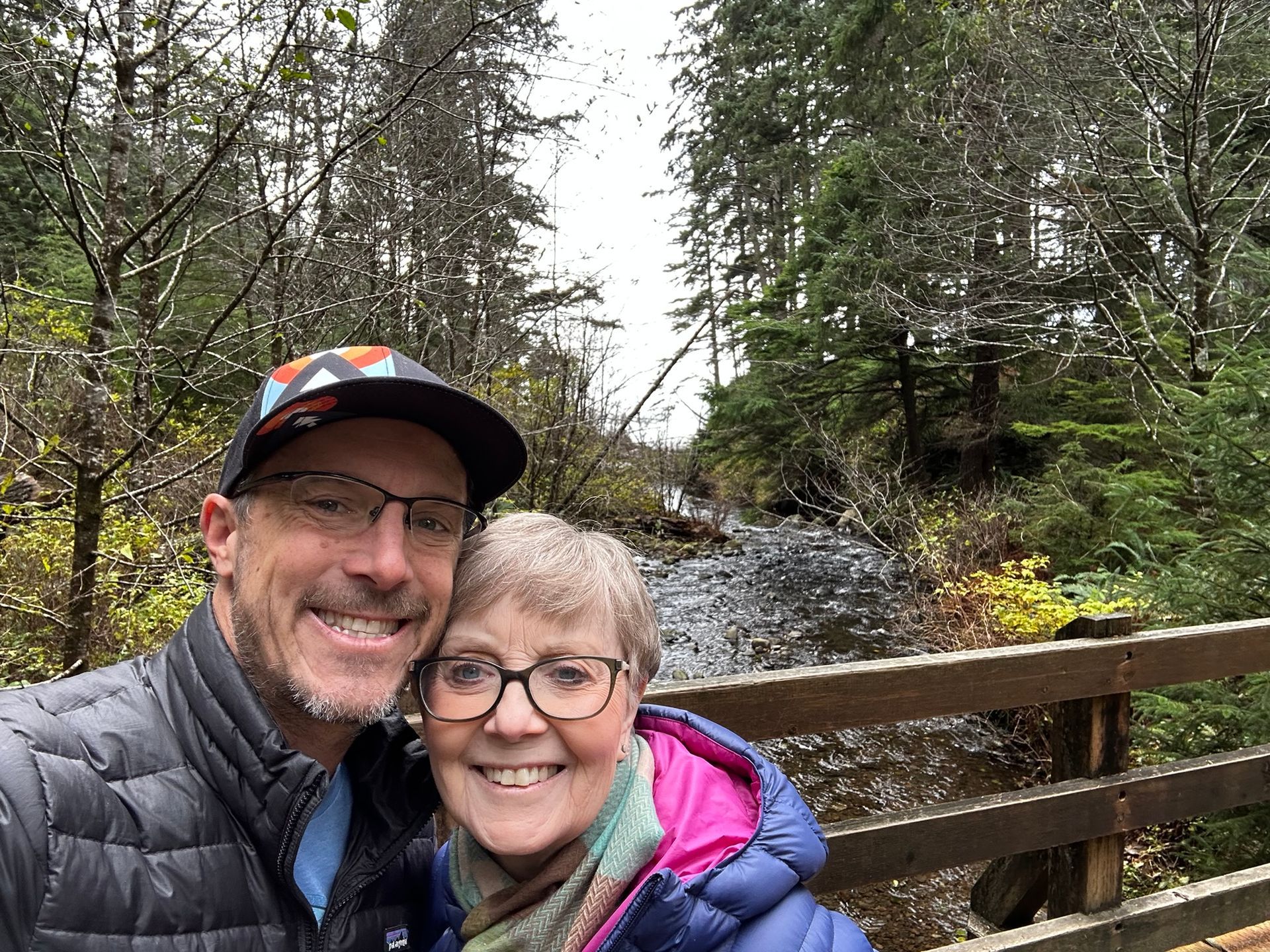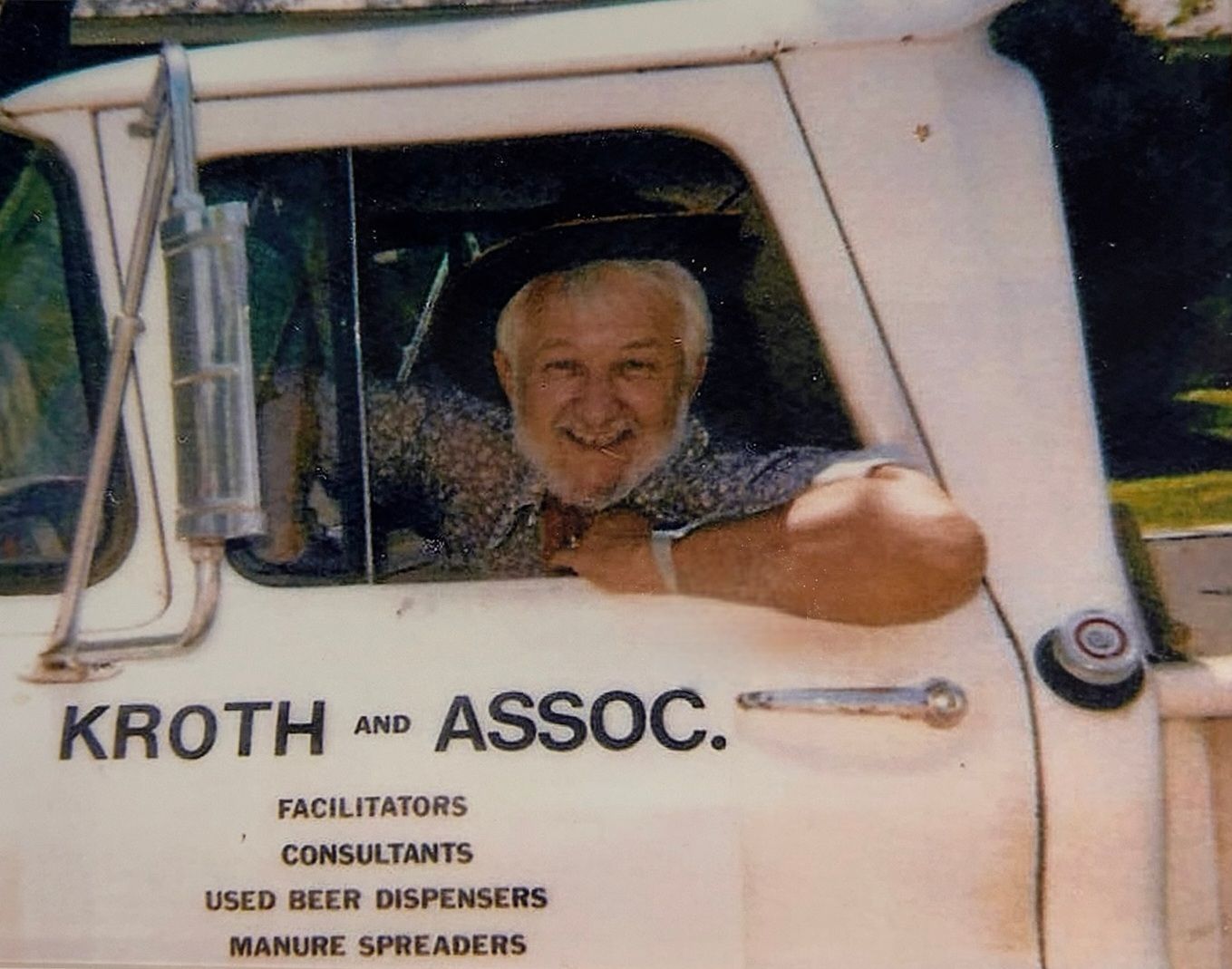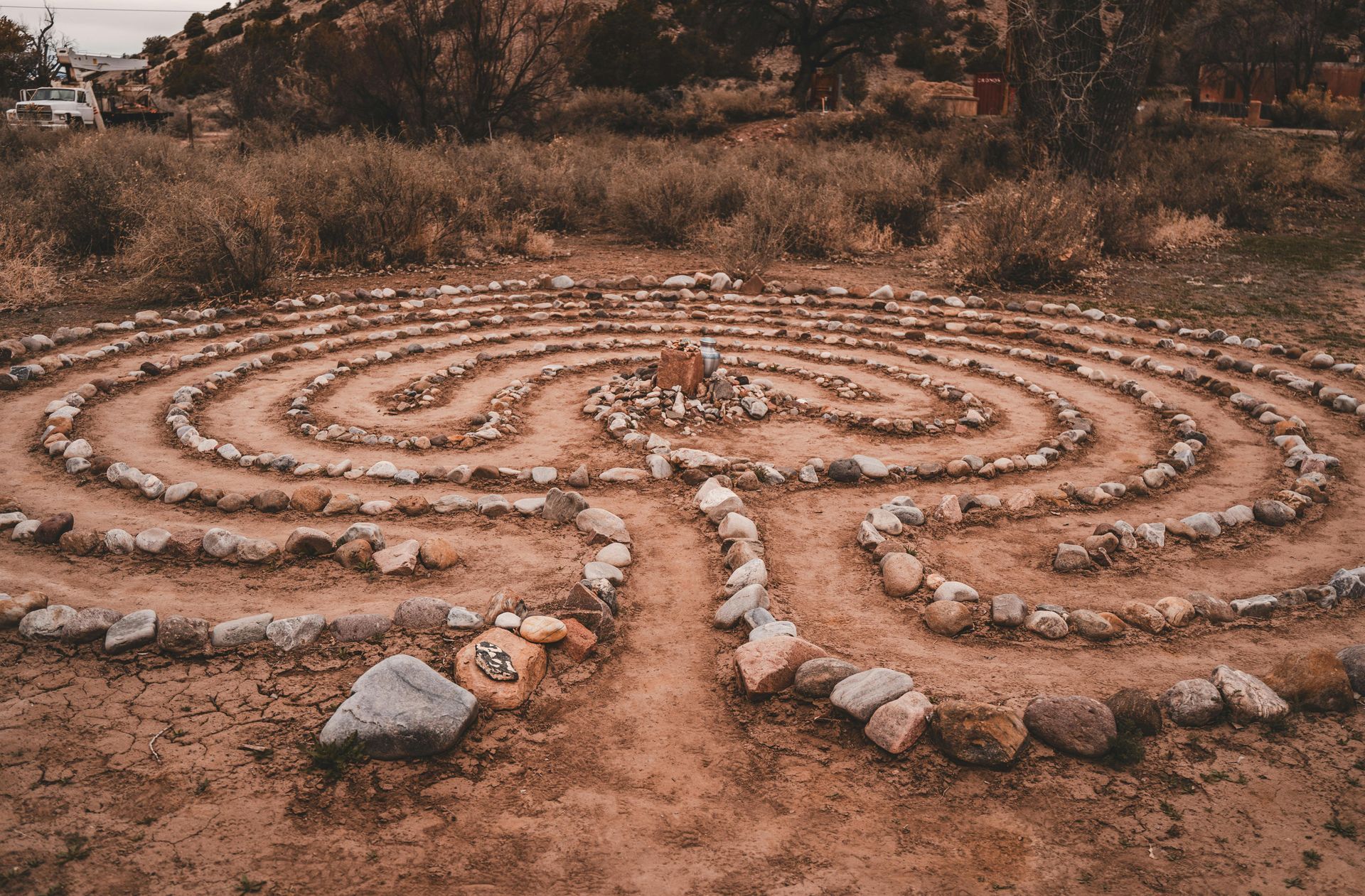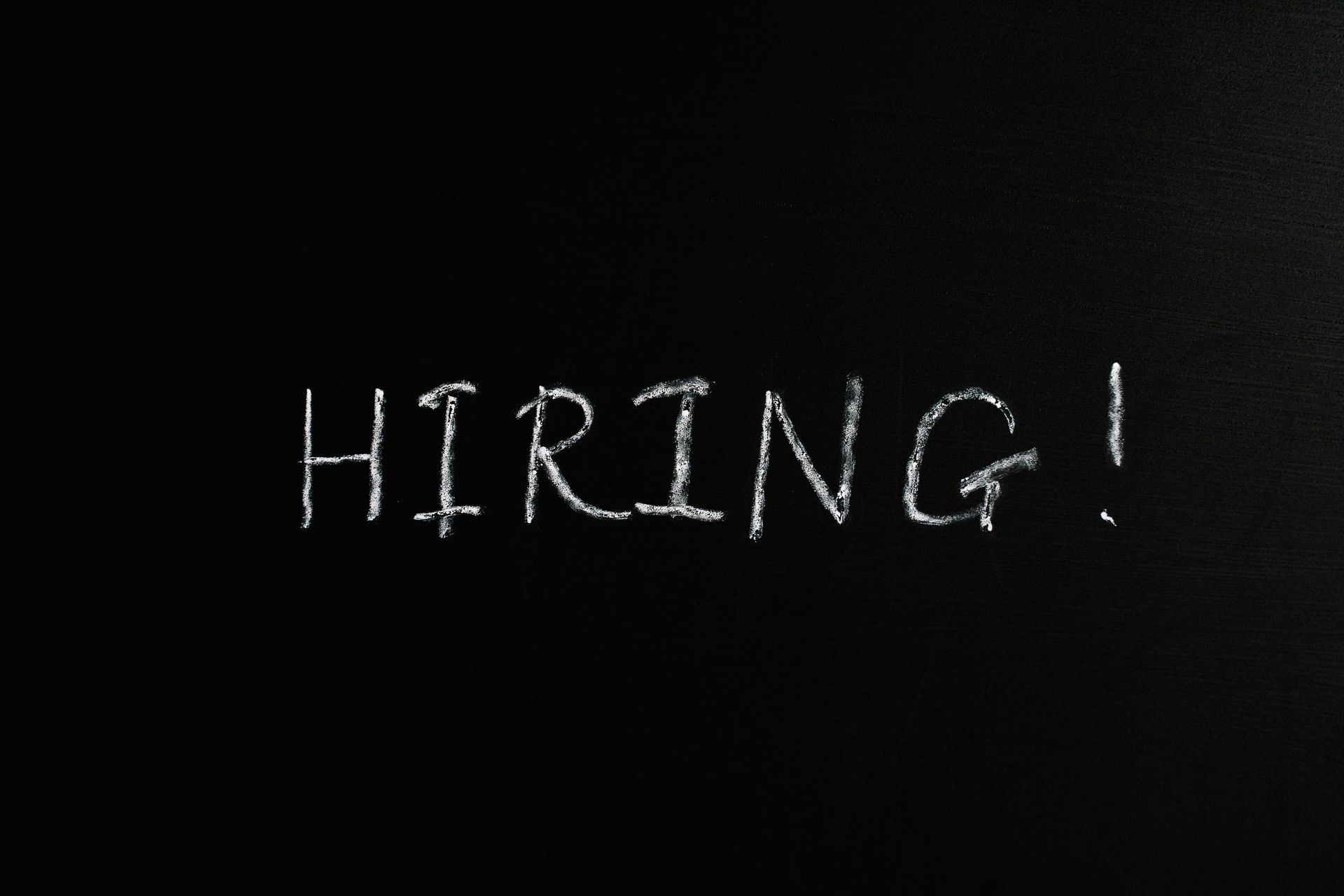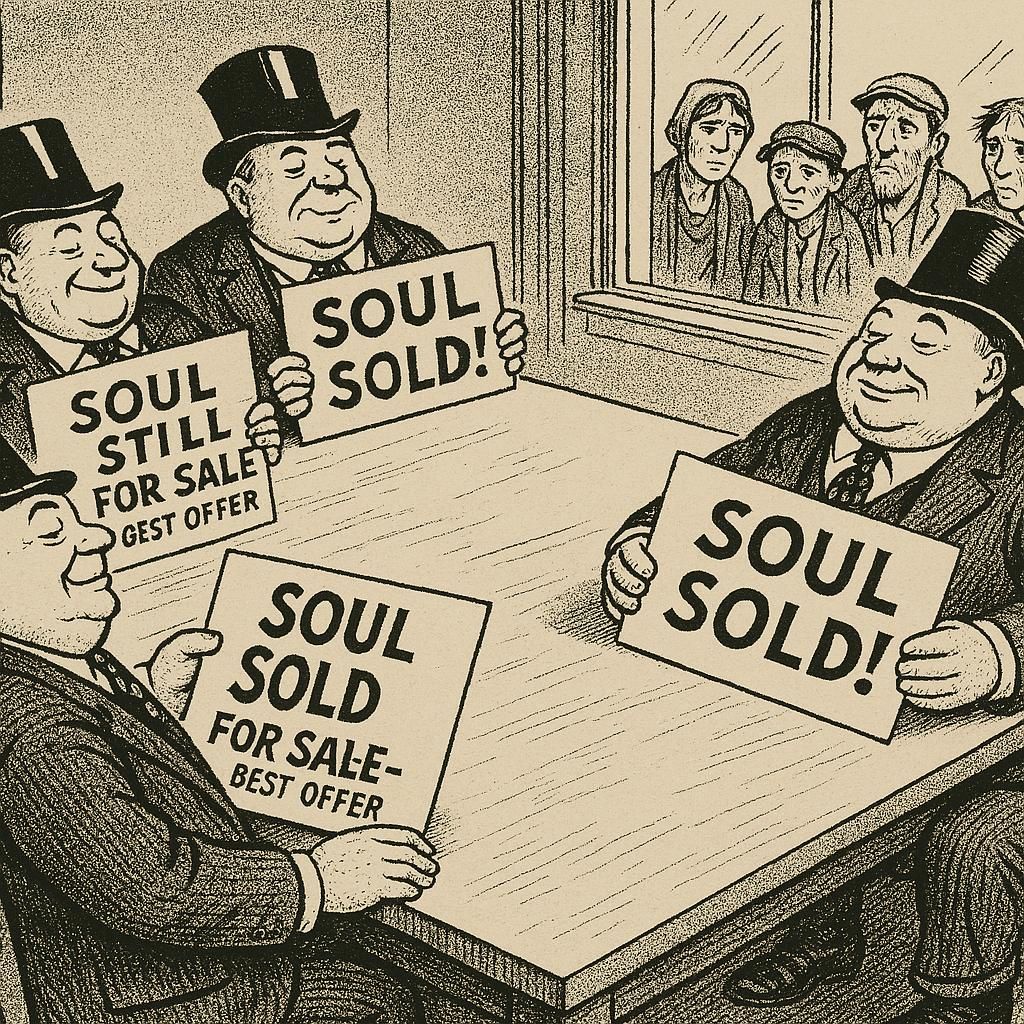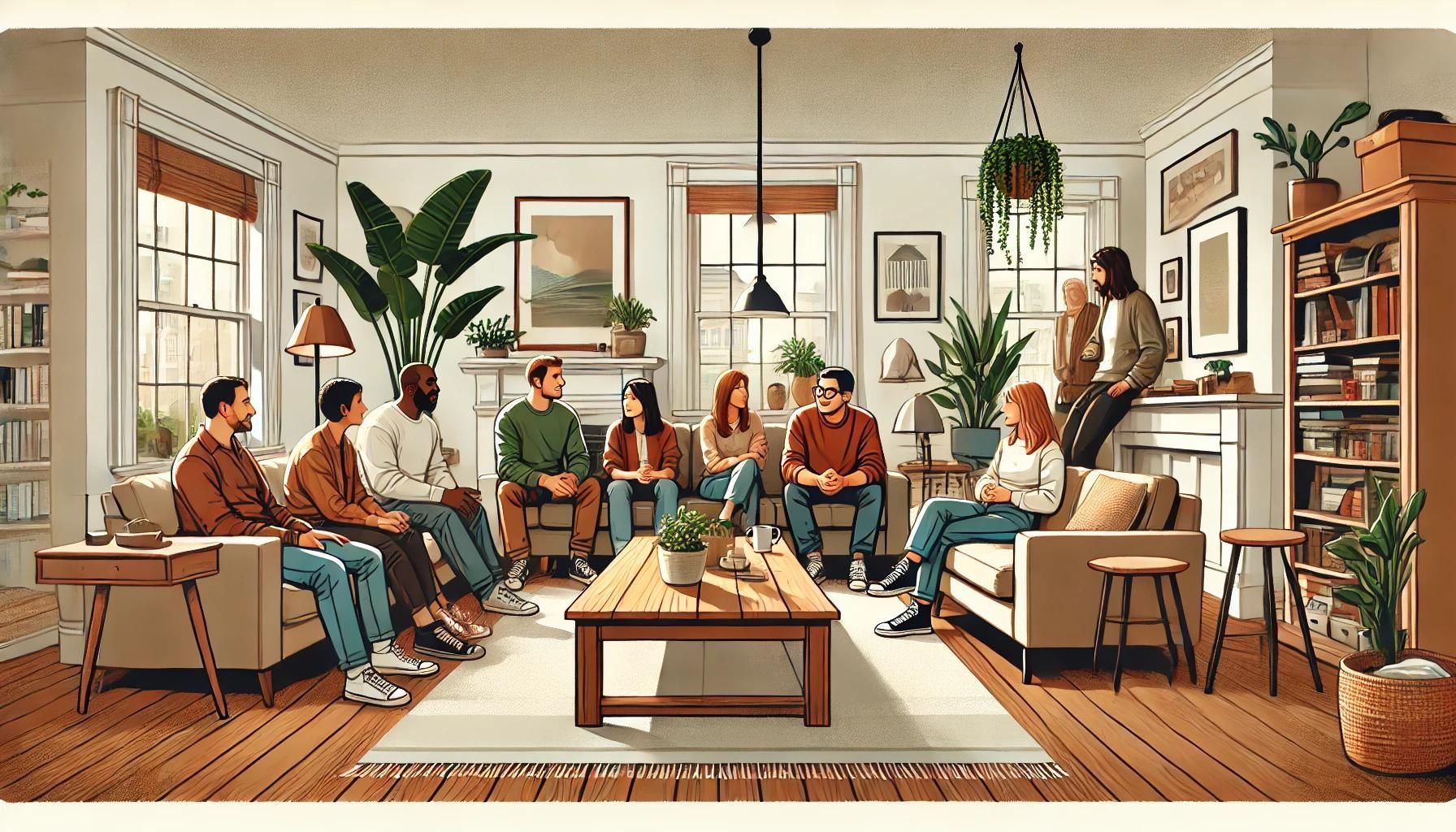Going Soft
"Why do people like soft things when they are feeling down, or anxious, or afraid?"
It was early this morning when I rolled over in bed and stared up at the skylight covered in raindrops puddled against the dull grey expanse. I wanted to sink back into the mound of pillows and pull the comforter over my head. I didn’t want to face the day. Slowly I got out of bed and went to stand by the back window. The groundhog munching on the wet grass saw my movements and scampered across the lawn, diving into the gap in the stone wall. Yes, I too would like to run and hide I thought before turning back toward the closet. I put on an old, worn, and soft Life Is Good T-shirt and thought about the irony. Then I grabbed yoga pants – also worn and soft, no zippers, no pockets, no seams. I headed downstairs and made a cup of coffee, stopping for a few minutes to rub the dog’s soft belly and run my fingers through the fur between her silky ears. I took my cup of coffee to the couch, curled up, and pulled the lush, velvet throw around me. And then I thought, why do people like soft things when they are feeling down, or anxious, or afraid?
Children hold their blankies tightly and carry their stuffed animals wherever they go. Get-well gift boxes often contain plush socks and fluffy coverlets. We send soft and comfy hoodies to those we want to hug. Is it the sadness, the anxiety, the fear that make us crave softness? I wondered. And then I Googled it. It turns out that in talking about security blankets like the one that Linus keeps with him, Charlie Brown summed it up. He said, “They're just the thing to have when you're tired and discouraged. See? You just sort of scrunch your face into it, and right away, you feel secure.” There are even research studies that back up Charlie Brown’s conclusions; individuals who are experiencing more negative emotions are drawn to products that offer tactile benefits. These feelings stem from our instinct for survival. We are hard-wired to adapt our behavior and seek support when we experience negative emotions (King & Janiszewski, 2011). Those soft things really do help us feel better.
During the lockdown, I imagine there might have been an increase in sales of weighted blankets, sweatshirts and leggings, and fake fur throws as the negative emotions we experienced drove our online shopping choices. There certainly was an uptick in pet ownership as people craved the living contact that they found in their ball of fur. I know I marvel at the softness of the coats of our four-legged family members and feel more relaxed when petting them.
So, softness is important. What about “going soft”? Is that positive or not? If you are going soft, you might be less harsh and more lenient in your dealings with others, not a bad thing. But you can also be more easily manipulated and viewed as weak. Is it a sign of weakness to be more tolerant and less critical? It seems to me that the world can use a lot more of this type of softness, especially in a time of so much distress and uncertainty.
And what about “having a soft spot”? If you have a soft spot for someone, you view them with love and kindness. They might be the ones you send those downy blankets, indulgent Sherpa sweatshirts, and cozy socks. Again, that’s not so bad. We could all use a few more things for snuggling. I wonder how can we all become more soft-hearted and see this perspective as a strength instead of a weakness? How can we shave the rough edges off our personalities and build stronger caring relationships? Maybe we can concentrate on the soft things in our lives that make us feel better and ask how we can model that softness in our interactions. Maybe we can do that if we judge less, forgive more, and show love. That’s not easy. At first it doesn’t seem to make sense that becoming soft is hard to do, yet when we are stuck in rigid boxes, it’s not so easy to be open to more softness.
As I write these words, I’m sitting in my office. There’s a collection of my daughters’ teddy bears behind me on the shelf. There’s the huge, big brown one that slumps on the floor by the standing lamp, the grey one whose spiked fur seems to stand on end, and the soft tan and white ones wearing snug bear-sized T-shirts. They bring back treasured memories and make me ask, "If everyone had something really soft to hold onto and cherish, to wash away the insecurity and depression and dread, would the world become a better place?" I like to think so. And that’s my wish for today, that everyone can find some softness in their lives.
Sources/Resources
King, D., & Janiszewski, C. (2011). Affect-gating.
Journal of Consumer Research, 38(4), 697-711.
"That’s my wish for today, that everyone can find some softness in their lives."
I wonder how can we all become more soft-hearted and see this perspective as a strength instead of a weakness?
Curator's Note: Carol is a regular contributor to Profound Living. Her essays are always delightfully, and at the same time deeply, written. To see more of her wonderful work, and to learn about her, click the "More" tab, and then "Profound Living Essayists - Regular Contributors".


